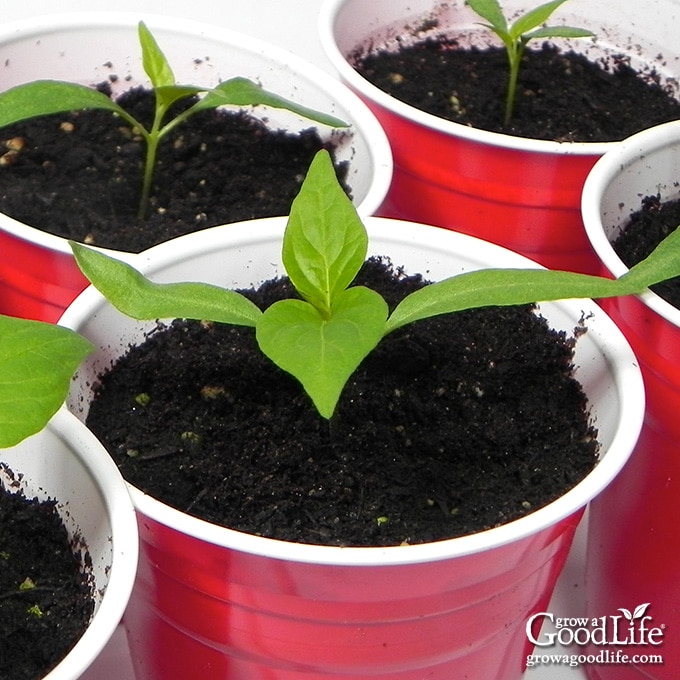
Trash to Treasure: Starting Your Seedlings Sustainably with Repurposed Containers
Dreaming of sun-ripened heirloom tomatoes and fragrant herbs even before the last frost? Starting your seeds indoors is the perfect solution, and it doesn't have to break the bank – or harm the planet! In this post, we'll show you how to transform everyday household items like egg cartons, toilet paper rolls, and yogurt containers into miniature nurseries, saving money and reducing waste. We'll focus on getting a head start with vegetables that thrive with indoor starting: heirloom tomatoes ('Brandywine'), peppers ('California Wonder'), and eggplants ('Black Beauty'). Plus, we'll cover rosemary, thyme, and oregano. Get ready to sprout your way to a bountiful harvest!
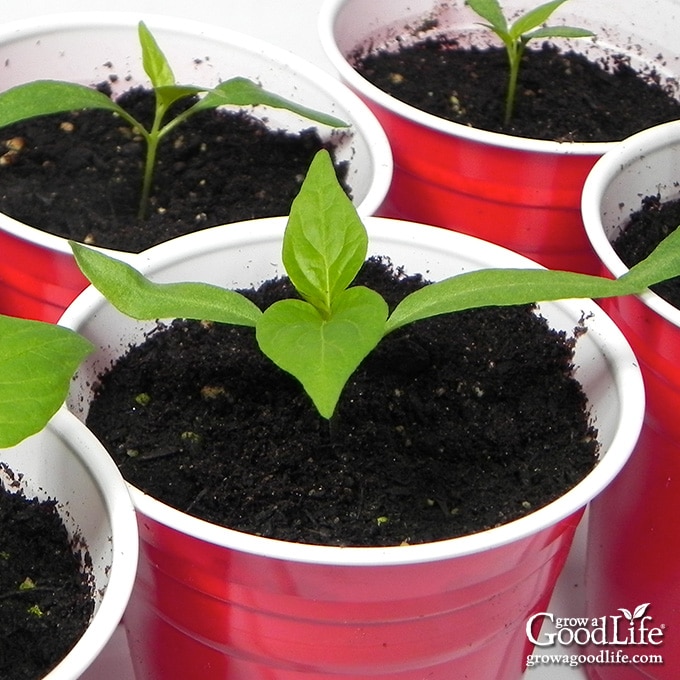
Repurposed Container Seed Starting: A Step-by-Step Guide
Turning "trash" into treasure is easier than you think. With a few simple steps, you can create a thriving seed starting setup using items you already have around the house. Not only are you saving money, but you’re also making a conscious effort to reduce your environmental footprint. Let’s dive in!
Egg Cartons: Miniature Nurseries
Cardboard egg cartons are fantastic for starting seeds! Their individual compartments provide the perfect space for seedlings to grow before they need to be transplanted.
Preparation: Carefully cut apart cardboard egg cartons. The individual cups are perfect to separate. Poke drainage holes in the bottom of each individual egg cup using a small nail, skewer, or even the tip of a pair of scissors. This is crucial to prevent waterlogging and root rot.
Planting: Fill each cup with a high-quality seed starting mix. Avoid using garden soil, as it can be too heavy and may contain diseases. Sow 2-3 seeds per cup of tomatoes, peppers, or eggplants, and cover lightly with soil. Gently water using a spray bottle or bottom water. Keep the soil consistently moist but not soggy.
Toilet Paper Rolls: Perfect Herb Homes
Toilet paper rolls are excellent for starting herbs like rosemary, thyme, and oregano. They're biodegradable, making transplanting a breeze.
Preparation: Cut toilet paper rolls in half (optional, but makes them easier to manage). Make four small cuts at the bottom of each roll, about an inch deep. Fold these cuts inwards to create a base. This base doesn't have to be perfect; it just needs to hold the soil in.
Planting: Fill the rolls with seed starting mix. These are perfect for herbs like rosemary, thyme and oregano. Sow 5-6 seeds per roll, cover lightly with soil, and mist with water. Because they are more prone to drying, these need daily monitoring. Keep the rolls standing upright in a tray to contain any moisture.
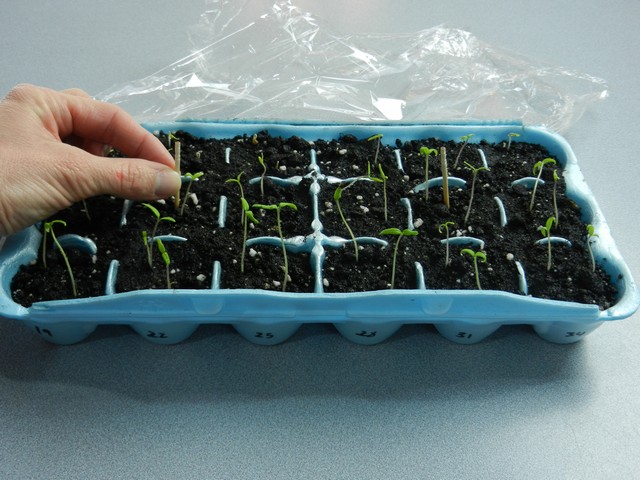
Yogurt Containers: Room to Grow
Plastic yogurt containers are ideal for larger seedlings or if you're only starting a few of each type of plant.
Preparation: Wash and dry plastic yogurt containers thoroughly to remove any residue. Drill or poke drainage holes in the bottom. Ensure the holes are large enough to allow excess water to drain freely.
Planting: These are great for larger seedlings, or if you're only starting a few of each type. Fill the container with seed starting mix and sow seeds, covering with soil. Label each container clearly with the plant name and the date you sowed the seeds. This will help you stay organized and track your progress.
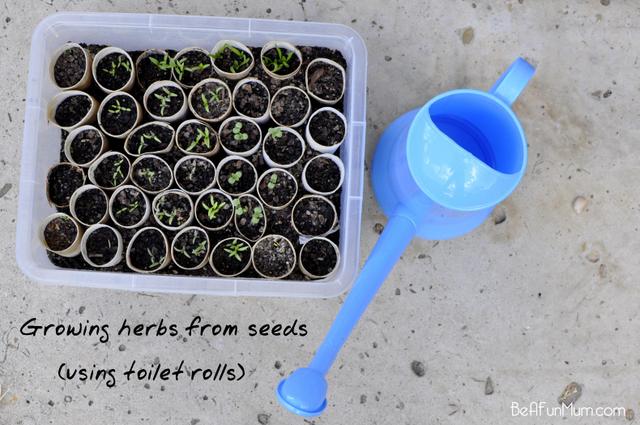
Troubleshooting Common Seed Starting Problems
Even with the best intentions, seed starting can present challenges. Here are some common problems and how to solve them:
Damping Off: A Seedling Killer
Damping off is a fungal disease that can quickly kill young seedlings. It often appears as a white, fuzzy growth on the soil surface or as seedlings that suddenly wilt and collapse.
- Solution: Use a sterile seed starting mix to prevent the introduction of fungal spores. Ensure good air circulation by using a small fan to gently circulate the air around your seedlings. Bottom water seedlings instead of overhead watering, as this helps to keep the foliage dry. If damping off persists, consider using a fungicide specifically formulated for seedlings.
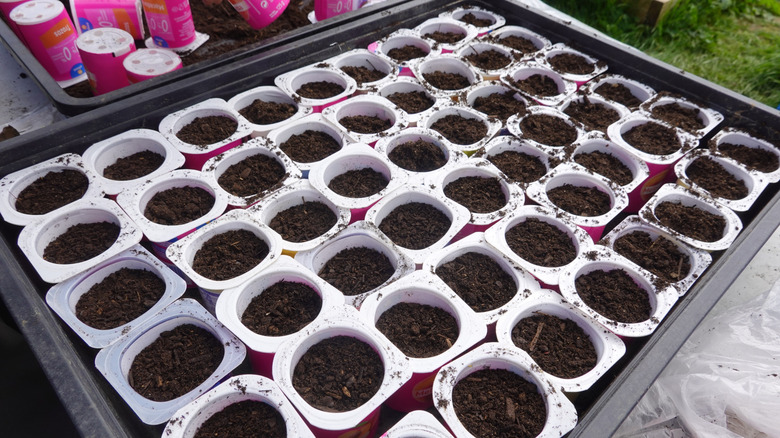
Leggy Seedlings: Reaching for the Light
Leggy seedlings are tall and spindly, often with weak stems. This is usually caused by insufficient light. The seedlings are stretching towards the light source, resulting in elongated stems and sparse leaves.
- Solution: Provide more light! Ideally, use grow lights positioned a few inches above the seedlings. Adjust the height of the lights as the seedlings grow. You can also try brushing the seedlings gently with your hand daily to encourage stronger stems. This simulates the effect of wind and helps the seedlings develop thicker, more robust stems.
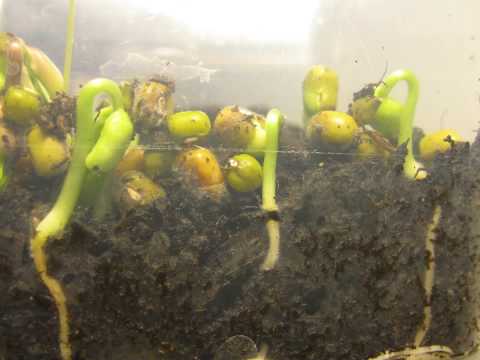
Specific Plant Instructions
Different plants have different needs when it comes to seed starting. Here are some specific instructions for the plants we're focusing on:
Heirloom Tomatoes ('Brandywine'): Start seeds 6-8 weeks before the last frost. Provide consistent warmth (70-75°F) for germination. Use a heat mat if necessary.
Peppers ('California Wonder'): Peppers need warmth to germinate (75-80°F). Use a heat mat if necessary. Be patient; peppers can take longer to germinate than tomatoes.
Eggplants ('Black Beauty'): Similar to peppers, eggplants need warm soil to germinate. Provide consistent moisture and warmth.
Rosemary, Thyme and Oregano: These herbs can be slower to germinate. Use a humidity dome or cover the containers with plastic wrap to retain moisture. Once seedlings are established, provide plenty of sunlight.
Hardening Off Your Seedlings: Preparing for the Great Outdoors
Before transplanting your seedlings outdoors, you need to harden them off to acclimate them to the outdoor conditions. This process gradually exposes them to sunlight, wind, and temperature fluctuations, preventing shock and ensuring they thrive in their new environment.
Gradually expose them to sunlight and wind over a period of 7-10 days. Start with just an hour or two each day in a sheltered location, increasing the time gradually. If frost is a risk, bring the seedlings indoors at night.
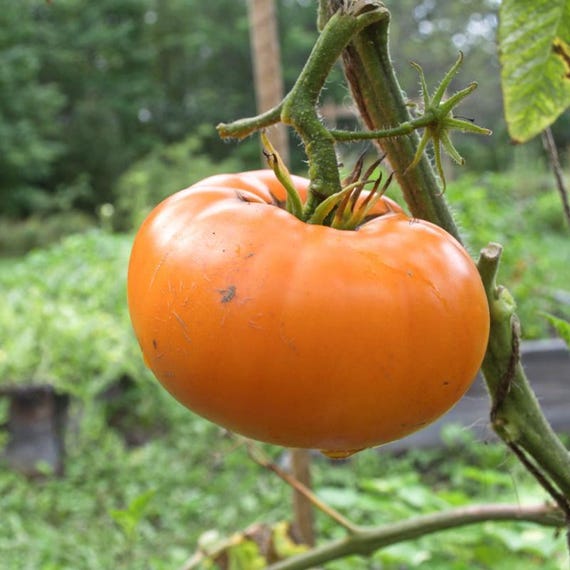
Water-Wise Seedling Watering:
Proper watering is crucial for healthy seedling development. Overwatering can lead to damping off, while underwatering can cause seedlings to dry out and die. Bottom watering is an excellent way to prevent damping off and conserve water.
Place your seed starting containers in a tray of water for 15-20 minutes, allowing the soil to absorb moisture from the bottom up. This encourages strong root growth and reduces the risk of fungal diseases. Ensure the water level in the tray is not too high, as this can waterlog the soil.
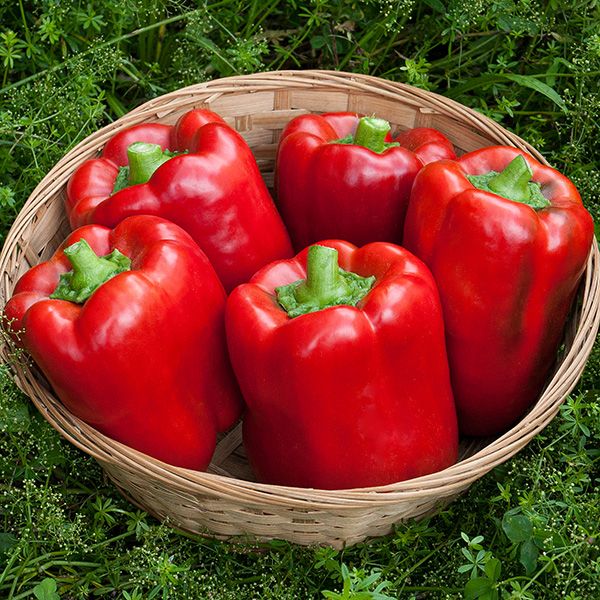
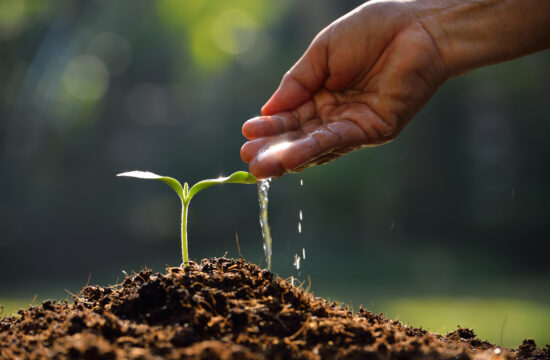
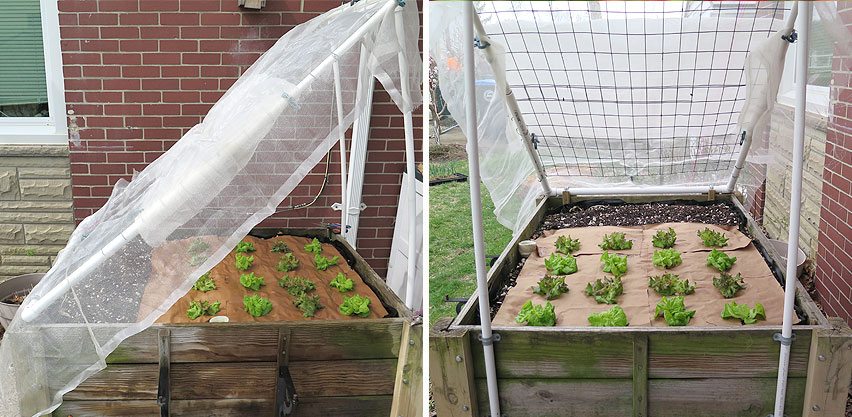
Conclusion:
Starting your seeds indoors using repurposed containers is a rewarding and sustainable way to prepare for a bountiful garden. By following these tips, you can save money, reduce waste, and enjoy fresh, homegrown vegetables and herbs all season long. Happy gardening!